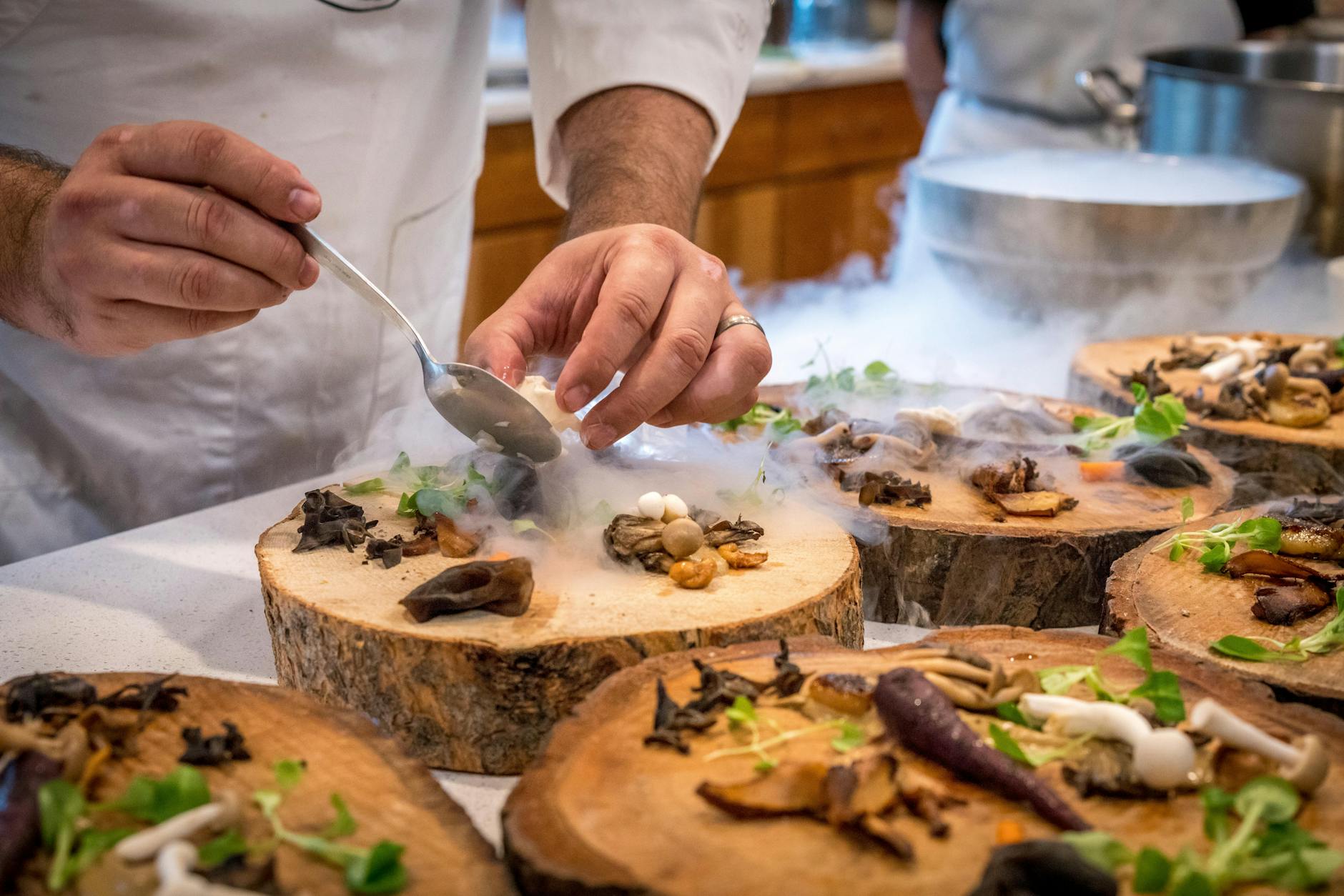The MICHELIN Guide recently published a piece exploring a fundamental question: What does “good food” really mean? While we often describe meals as delicious, memorable, or exceptional, MICHELIN inspectors—renowned for their expertise in evaluating the world’s best restaurants—believe that truly great food is about more than just taste. Here’s what they had to say about the key elements that elevate a dish from good to extraordinary.
Fresh, High-Quality Ingredients

A meal is only as good as its ingredients. According to MICHELIN inspectors, no level of skill can compensate for subpar produce, seafood, or meats. The best chefs insist on seasonal, local, and pristine ingredients, ensuring that every dish starts with the finest foundation. Some top-tier restaurants even display their fresh produce for diners to see at the start of a meal, reinforcing their commitment to quality.
On the flip side, an inspector once spotted a moldy sea urchin in a kitchen, instantly signaling that the meal would be a disaster.
A Chef’s Personal Touch

Beyond fresh ingredients, a chef’s creativity is what makes a dish truly exceptional. A well-prepared steamed fish with soy sauce and green onions may be delicious, but when a chef adds an unexpected element—like a hint of Sichuan peppercorn—it creates a unique and unforgettable experience. The best chefs know how to honor an ingredient’s natural essence while also pushing the boundaries of flavor.
More Than a Meal: The Story Behind the Dish
According to MICHELIN inspectors, a great dining experience is about emotion and storytelling. Many chefs draw inspiration from childhood memories, family traditions, or cultural heritage. However, not every diner shares the same background, so the challenge lies in translating those personal stories into something universally relatable.
This is where service plays a crucial role. The way a dish is introduced can completely transform the dining experience. Whether it’s explaining the history behind an ingredient or describing the inspiration behind a dish, great service bridges the gap between chef and diner, turning food into a shared journey.
Refining the Palate: The MICHELIN Inspector’s Perspective

If you’ve ever wondered how MICHELIN inspectors determine which restaurants deserve One, Two, or Three Stars, the answer lies in experience and comparison. The more they eat, the more they develop a benchmark for excellence. Over time, their palate becomes attuned to the subtle nuances that separate merely good food from truly extraordinary cuisine.
At the highest level, it’s not just about flawless execution—it’s about the feeling a dish evokes. The best meals leave a lasting impression, creating a sensory memory that lingers long after the last bite.
So, what’s the secret formula? According to the MICHELIN Guide, it’s a mix of:
- Uncompromising ingredient quality
- A chef’s personal creativity and vision
- Respect for tradition while pushing innovation
- Storytelling and emotional connection
- Service that enhances the dining experience
For food lovers, the takeaway is simple: a truly exceptional meal is more than just great flavors—it’s an experience that tells a story, sparks an emotion, and stays with you long after you leave the table.
We stayed in 25 of the Michelin Key hotels in the US, see what we thought!

